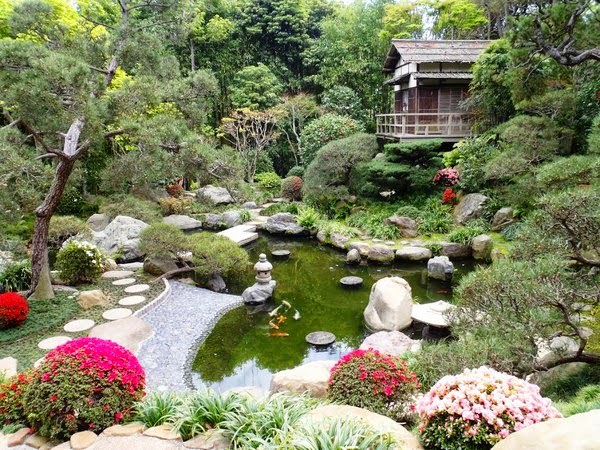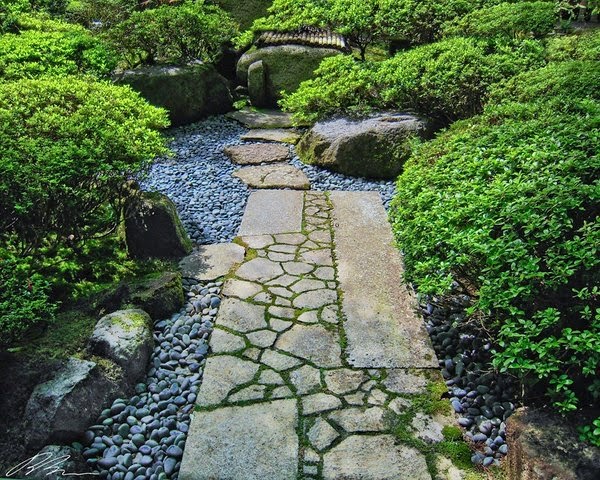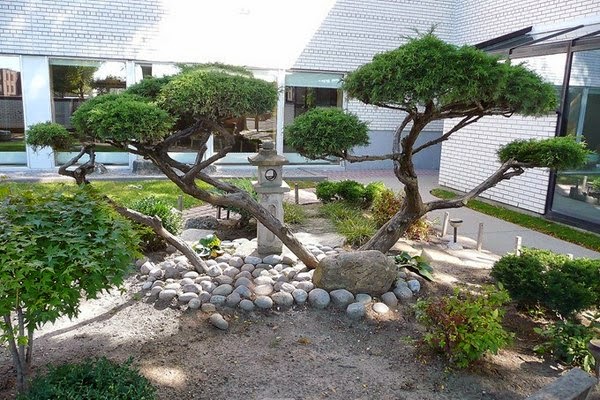The Japanese gardens are fascinating. They are traditional Japanese private houses, Buddhist temples and old castles. These gardens are closely linked to the famous tea ceremony and are a key element of Japanese culture. Let us know a little more.Many Japanese gardens are meant to be viewed from a certain perspective or observation spot, while tea gardens are often more geared toward the experience of walking through a garden and taking in the atmosphere. Of course there are strolling gardens (Kai-yu shiki), but again the process is different. The best view of a tea garden is after passing through the entrance gate and entering the tea house grounds. Machi-ai, or waiting benches, are also great places to sit and take in the experience before continuing on the tea house.

In a tea garden, or Roji in Japanese, the detailed placement of stepping-stones is meant to keep your focus on the ground, not letting the mind wander to far from the path. On a practical level, these stepping-stones, which are raised above the soil line, are there to keep your feet from getting dirty after it rains.
These Serene Gardens are meant to bring about the image of a mountain pass or a stroll up to a hermit’s house deep in the woods. It often conflicts with the more refined, elegant, and tightly pruned Japanese garden often seen from a temple porch, imperial palace, or art museum. It doesn’t mean that there is no pruning done, but the selected shrubs and trees are pruned a little more naturally.
Generally these gardens have a pond in the center. Both unevenness as artificial hills where trees and plants are placed intended to represent the landscape changes with the seasons. One of the techniques used is intended to express the way the water flows from the heart of the mountains and gradually becomes a larger stream, creating a waterfall.
The elements that has all Japanese garden (either real or symbolic) are:
– Water
– An island
– A bridge to the island
– A lantern, typically of stone
– A tea house or a pavilion
There are different types of garden which can be framed within these four styles: Gardens walk, chamber gardens, tea gardens and gardens for contemplation. The latter were introduced by the Zen monks in their temples. It aims to facilitate meditation through contemplation. Because they are present in this class of temples are also known as Zen gardens.






0 comments:
Post a Comment